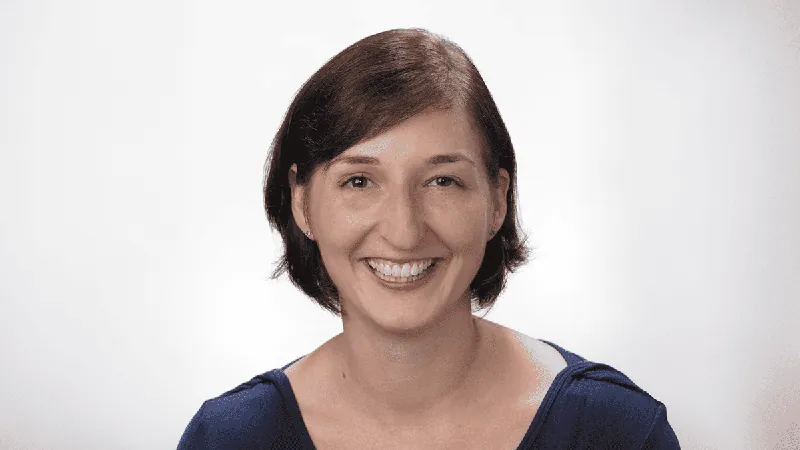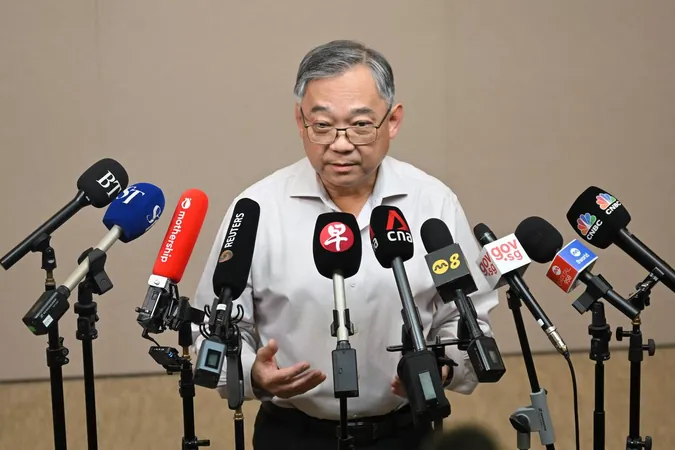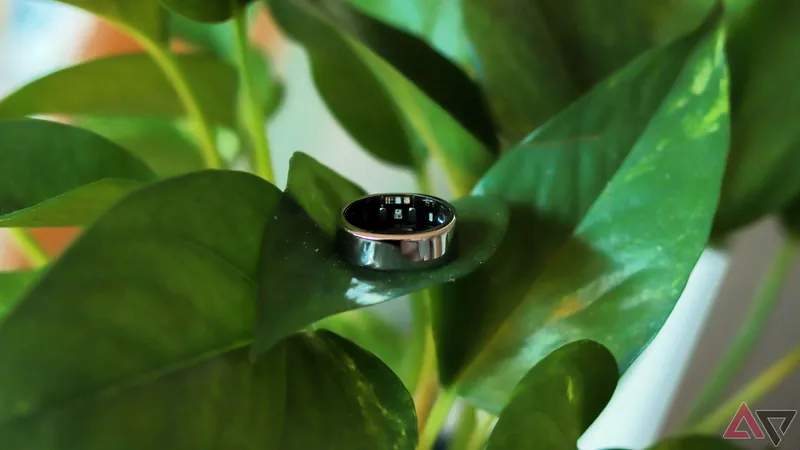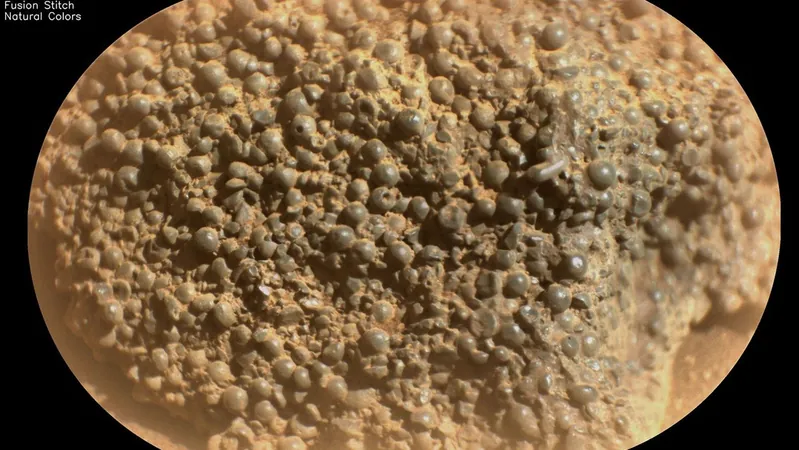
The Thrill of Discovery: How Biophysicist Lisa Manning’s Unique Collaborations Are Shaping the Future of Science
2025-04-01
Author: Mei
At a groundbreaking conference in 2014, a significant revelation unfolded when biophysicist Lisa Manning watched renowned bioengineer Jeffrey Fredberg of Harvard University present images of asthma cells. While the majority viewed the clustered images of cells from asthmatic airways as indistinguishable layers, Manning noticed a crucial difference: some model tissues appeared rigid, while others exhibited fluid-like characteristics. This discerning insight would set the stage for her impactful research.
Manning's work centers around understanding how animal tissues can transition between rigid and fluid states, which is essential for their ability to adapt and endure mechanical stress. Traditional theories link solid-liquid transitions to changes in density; however, Manning's research has revealed that numerous cellular systems—including those involved in asthma—can alter their states without any change in packing density.
Her path to biophysics was unconventional yet serendipitous. Having commenced her career in theoretical condensed-matter physics, Manning obtained her PhD from the University of California, Santa Barbara, in 2008, where she investigated the mechanical properties of amorphous solids—substances that, unlike crystalline materials, lack long-range order. As she approached the end of her doctoral studies, she sought to leverage her skills in a fresh context.
“The idea was to use the frameworks I had developed in a new way,” she recalls. This inspiration fueled her transition into biological systems, catalyzed by insights gleaned from talks on tissue dynamics at the Kavli Institute for Theoretical Physics. Manning found it exhilarating that physical principles could illuminate biological questions.
Investigating the Physics of Life
Since transitioning to Syracuse University after her postdoctoral research at Princeton, Manning has collaborated widely while maintaining her identity as a theorist. While many experimentalists focus on limited models, she seeks to understand overarching principles across varied developmental systems, from cancer research to embryonic development.
Her studies have shed light on the mechanical processes underlying animal shape transformation during development, demonstrating that embryos change from a spherical mass of cells to more elongated forms through phase transitions to a fluid state rather than merely stretching as solids. Collaborating with Karen Kasza at Columbia University, her findings have received validation from models in fruit flies.
In her more recent work, Manning is merging concepts from artificial intelligence and machine learning with embryogenesis research. Unlike traditional condensed-matter systems, biological tissues constantly adjust interactions between individual cells, driving complex morphological changes. Teaming with Andrea Liu from the University of Pennsylvania, Manning is pioneering a framework that models cell interactions akin to adjustable weights in a neural network, crucial for orchestrating desired developmental outcomes.
“I believe we need to develop a new kind of statistical physics that can describe systems with finely tunable degrees of freedom,” she states. “Current models only account for a single control parameter, such as temperature or pressure.
Fostering the Next Generation of Scientists
Manning's unexpected pivot to biophysics opened doors for other researchers, especially during her tenure as director of the Bio-inspired Institute at Syracuse University from 2019 to 2023. She initiated programs aimed at nurturing early-career scientists, emphasizing the importance of diversifying their skill set beyond technical expertise. “In graduate school, we often focus narrowly on our projects, neglecting broader professional skills,” she explains.
Her experiences during the COVID-19 pandemic prompted reflections on her mentorship approach. She recognized that her unexpressed expectations sometimes led to misunderstandings with her students. Manning learned that being transparent about her standards could foster a more supportive and equitable environment for burgeoning researchers.
As she reflects on her role as a mentor, Manning notes a shift in perception regarding academia among students. While many once aspired to academic careers, she observes a growing perception that academia may not be as rewarding as it seems.
Despite these challenges, Manning advocates for the joy of scientific discovery, a sentiment exemplified by her epiphany regarding the asthma cells: “The thrill of discovering something is a joy,” she affirms, “if only for a fleeting moment, being the only person in the world to grasp something novel.”
As her research continues to bridge physics and biology, Manning embodies the essence of scientific curiosity, inspiring a new generation of researchers to delve into the unknown and embrace the adventure of discovery.





 Brasil (PT)
Brasil (PT)
 Canada (EN)
Canada (EN)
 Chile (ES)
Chile (ES)
 Česko (CS)
Česko (CS)
 대한민국 (KO)
대한민국 (KO)
 España (ES)
España (ES)
 France (FR)
France (FR)
 Hong Kong (EN)
Hong Kong (EN)
 Italia (IT)
Italia (IT)
 日本 (JA)
日本 (JA)
 Magyarország (HU)
Magyarország (HU)
 Norge (NO)
Norge (NO)
 Polska (PL)
Polska (PL)
 Schweiz (DE)
Schweiz (DE)
 Singapore (EN)
Singapore (EN)
 Sverige (SV)
Sverige (SV)
 Suomi (FI)
Suomi (FI)
 Türkiye (TR)
Türkiye (TR)
 الإمارات العربية المتحدة (AR)
الإمارات العربية المتحدة (AR)